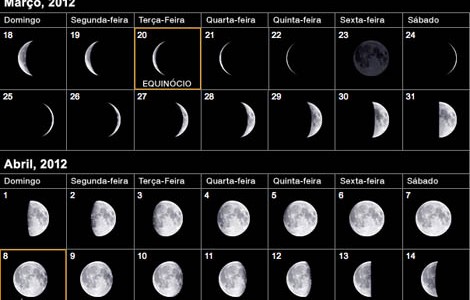 According to Lisbon Astronomical Observatory, astronomically Spring began at 5 hours and 14 minutes on March 20, 2012, when the Spring Equinox (in the Northern Hemisphere).
According to Lisbon Astronomical Observatory, astronomically Spring began at 5 hours and 14 minutes on March 20, 2012, when the Spring Equinox (in the Northern Hemisphere).
The term equinox means like night, or day like night. On this date, the length of the day is identical to that of the night and the sun rises exactly in the east and sets precisely in the west.
According to the canonical calendar, the Spring Equinox occurs on the 21st of March, this day being the reference to determine Easter.
Since 325 AD, by decision of the first Council of Nicaea, Emperor Constantine decreed that Easter, throughout the Christian world, takes place on the first Sunday after the first Full Moon in Spring.
However, the canonical calendar does not strictly follow the astronomical cycle of the Moon. It is divided into lunar months of 29 and 30 consecutive days, with a cycle of 19 years. The Easter Full Moon is the 14th day of the lunar cycle starting between March 8th and April 5th.
In most cases, simply observing the Moon is enough, as the difference between the astronomical cycle of the Moon and the canonical lunar calendar is at most 2 days.
Now just watch and follow the Moon, and when the Full Moon occurs, we know that the following Sunday will be Easter Sunday.
Author Philip Pires
(Center for Astrophysics of the University of Porto)
Science in the Regional Press – Ciência Viva


















Comments